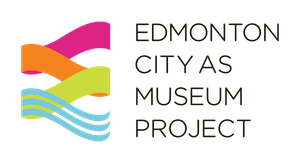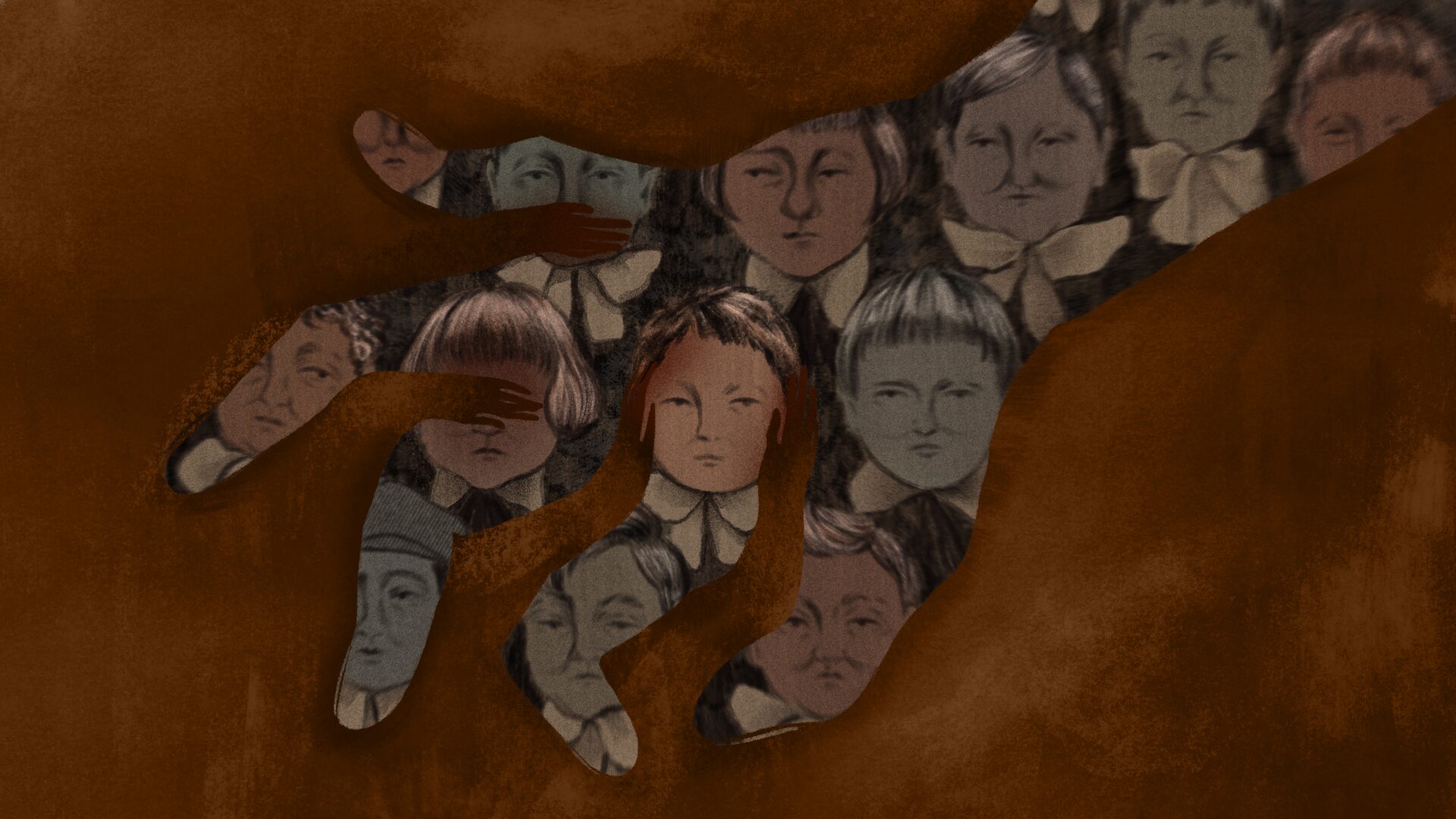This post contains disturbing content. If you are a Survivor or an intergenerational Survivor and need help, there is a free 24-hour support line in Canada. Please call the Residential School Crisis Line at 1-866-925-4419.
In September 1939, a lawyer acting on behalf of several Indigenous families wrote to federal officials about the conditions at the St. Albert Youville Indian Residential School:
“Has a Convent any right … to teach the child one-half day according to curriculum and the balance of the day to put the child to work at whatever work he or she may be directed within the Convent walls?”[1]
That a lawyer stepped in on behalf of these families in 1939 is striking. Under the Indian Act, Indigenous Peoples were often barred from hiring lawyers. The letter is one of the few written records that shows parents pushing back against the exploitation of their children at Youville. Of course, parents resisted in many other ways too—through words, actions, and refusals that were rarely written down or preserved in official archives.
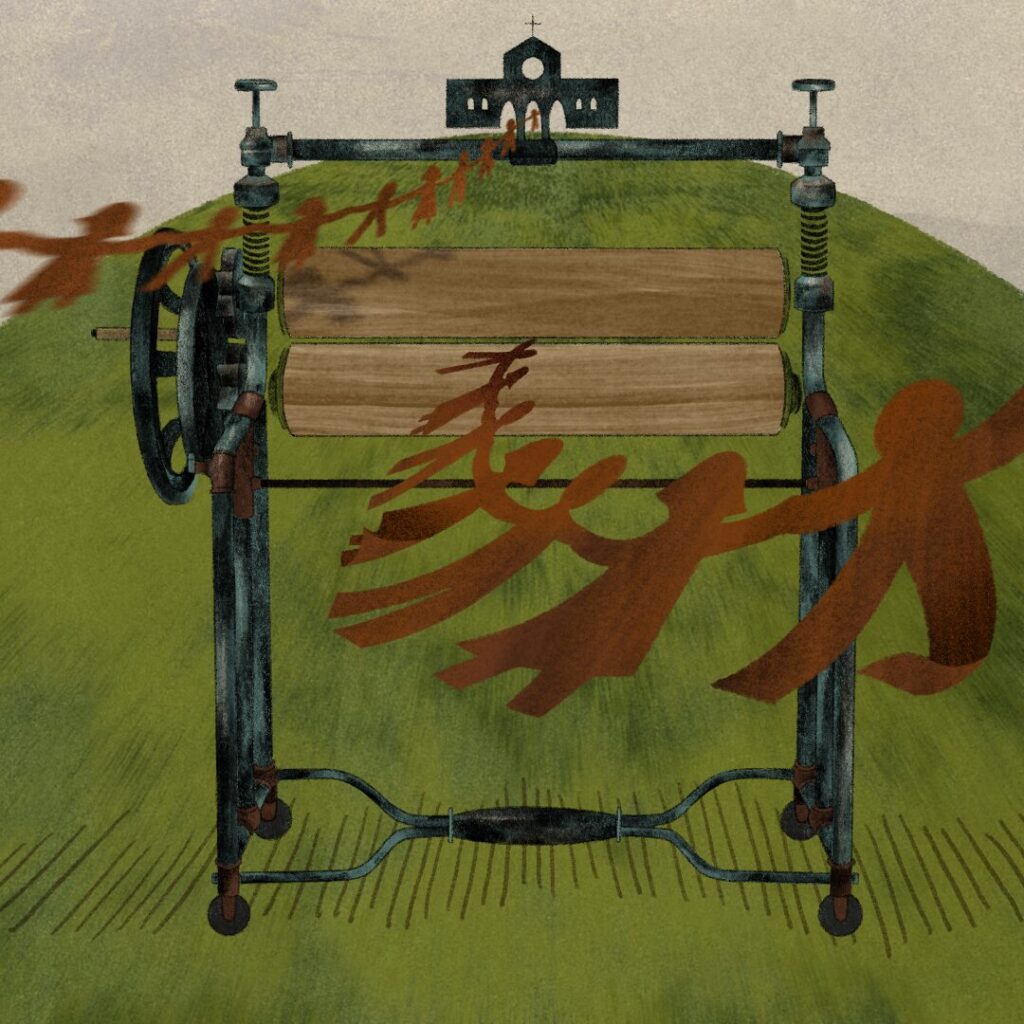
Forced child labour was not an accident of the system—it was its foundation.[2] For over seventy-five years, Youville relied on the unpaid labour of Indigenous children. They scrubbed floors, hauled water, wrung laundry through heavy mangles, farmed, carried honey buckets, and cooked. This was not learning. It was survival. The work was also meant to teach obedience and enforce control.
Indian Affairs claimed schools should be self-supporting, but even when they asked for more government funds, they kept children working long hours.
At Youville, the Grey Nuns of Montreal (Sisters of Charity) ran the school from 1873 until its closure in 1948. Children spent mornings in class and the rest of the day working. This schedule was known as the “half-day” system. This model spread across residential schools in western Canada, dividing each day between basic instruction and hard labour. The school strictly divided jobs by gender. Boys farmed and did heavy labour, while girls cooked, sewed, and worked in laundries.
Parents saw this system for what it was: exploitative.[3] Their children worked long hours and had little chance for a real education.
The work was also dangerous. At Youville in 1939, one girl’s hand was crushed in a laundry press. The injury was so serious that a lawyer sought a settlement.[4]
Complaints about abuse also reached Ottawa. In 1929, someone reported that children at Youville were “treated like dogs and pigs” and “beaten with heavy sticks.”[5] Around 1941, a staff member admitted to choking two boys, leading them to run away. Such violence was part of the way discipline was enforced—and often linked to children’s work duties.[6]
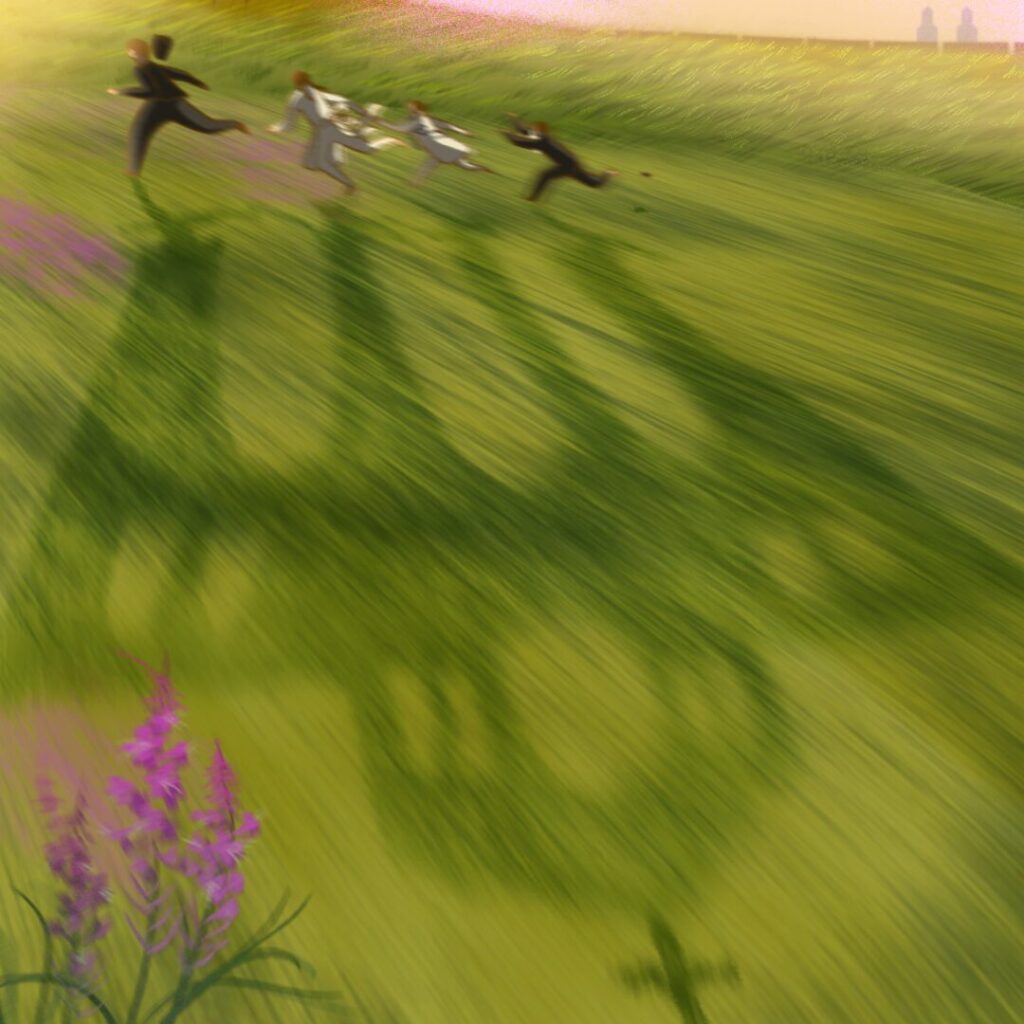
These institutions were never designed primarily for education. They were created to instill Euro-Canadian norms through routine, labour, and obedience. The federal government knew full well that child labour was at the heart of the residential school system.[7]
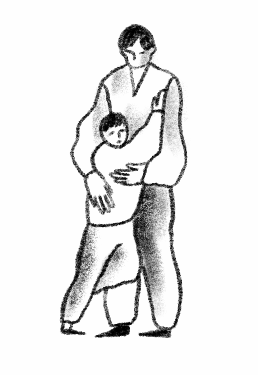
Children resisted when they could. In 1916 or early 1917, one student tried to burn down the school.[8] Many others ran away, even when police officers returned them. In 1917, one boy made it three weeks before being caught.[9]
Parents resisted, too. One father “refused to send” his son to Youville because “he loved him too much.” Police still brought the nine-year-old to the school.[10] And the 1939 letter shows that parents were not silent—they challenged and demanded better conditions even when doing so was risky.
Survivors carry this history. I share this piece as a Gwichyà Gwich’in intergenerational Survivor from Treaty 11 Lands. I am not originally from Treaty 6, and I am not a Survivor of Youville. Here, I write from archival records, knowing that oral histories in community are essential to telling the full truth. This blog connects with themes explored in my recent book, By Strength, We Are Still Here: Indigenous Peoples and Indian Residential Schooling in Inuvik, Northwest Territories. The book focuses on Indigenous strength and resistance in the North.[11] While this piece looks at Youville, forced labour and children’s refusal were common across the entire system.
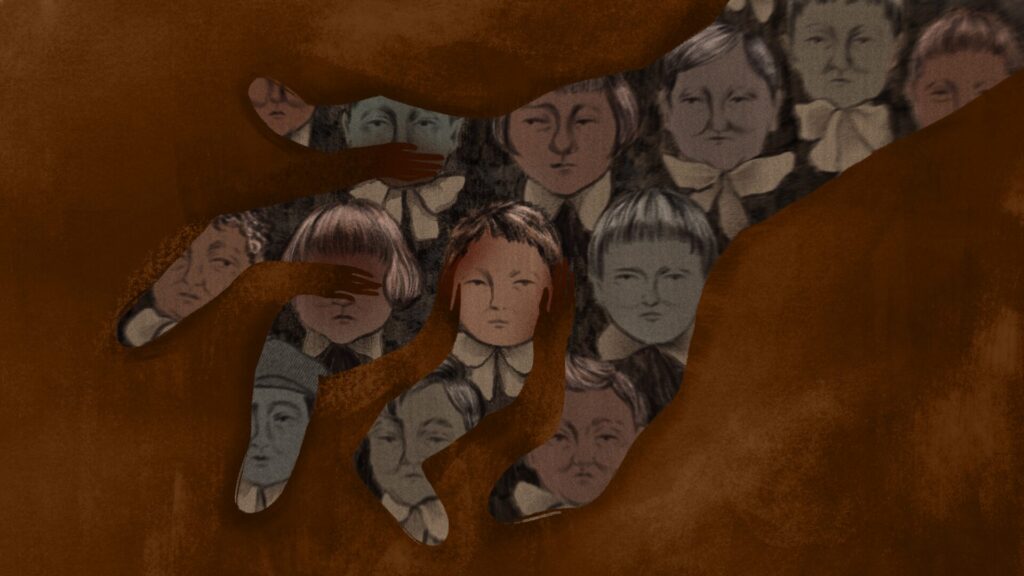
We must remember Indigenous children not only as students, but as children forced to labour under duress—and many who died while doing so.[12] A list of their names, recorded at the National Centre for Truth and Reconciliation, is below.
Also shared here are the names of Youville school principals.[13] This is not about personal blame, but about historical accountability. Naming those in power makes clear that this history was real, specific, and cannot be erased.
This year marks the tenth anniversary of the Truth and Reconciliation Commission’s 94 Calls to Action. The Government of Canada has made very little progress. Many calls about justice and accountability remain unanswered. As we reflect on the unpaid labour forced upon children at Youville, we must ask what it means to honour Survivors in 2025. Truth comes before reconciliation—and truth means naming what was done, who did it, and who is still waiting for justice.
Children Who Were Lost at the Youville Indian Residential School
Name – Date of Death (year/month/day)
A. Thibert – 1925-02-07
Adam Bearhead – 1936-08-01
Adelaide Pictwiwesin – 1900-06-12
Adele Cartwright – 1941-01-25
Agnes Cartwright – 1941-01
Alexis Rain – 1943-03-31
Bella Callihoo – 1918
Ben Albert Foley – 1929-04-10
Bessie Gouchier – 1941-03-21
Camille Charbonneau – 1921-12-14
Caroline Paul – 1929-12
Christine Burnstick – 1947-05-25
Cyprien Gaucher – 1902-08-01
Daniel Kootenay – 1942
Daniel Moise – Not known
Dolphus Lefthand – 1943-03
Elise Beaverfoot – 1905-05-24
Ellen Toomah – 1919-06-06
Eddie L’Hirondelle – ~1930
Flora Paul – 1937-05-21
Florence Paul – 1941-01-01
Frank Burke – 1925-02-08
Irene Teresa Cardinal – 1941-08-21
Isabelle Huppe – 1922-05-17
Isabelle Ward – 1937-06-21
Jennie Toomah – 1917-10-02
Joachin Coutepatte – 1902-07-08
Joseph Kisikisewiskan – 1902-04-10
Joseph Paul – 1917-03-04
Josephine Arcand – 1929-12-31
Justine Kitikaw – 1895-07-07
Lina Hironcelle – 1925-02-20
Lucie Bruneau – 1924-01-18
M. E. Kamikawekew – 1904-02-05
Maggie Maminowata – 1919-08-27
Marg Agasuijlakan – 1902-06-27
Maria Pepin – 1931-06
Marie Aquasis – 1921-01-01
Mary Ann Delorme – 1911-11-15
Mary Delphine Morrison – 1904
Mary Rose Arcand – 1944-01-01
Michel Kanamatchew – 1919-07
Milly Kamamatchew-Testawitch – 1904-03-14
Ole Johnson Peter – 1940-08-30
Rosalie Paul – 1919-07
Simon Napotokan – 1916-08
Sophie Rains – 1942-01-01
Principals of Youville Indian Residential School
Rev. Sister St. Roch – Director, 1887
Sister Brassard – Acting Director, 1892
Mother M.A. Carroll – Provincial Superior, Unknown–1910
Rev. Sister M.A. or M.M. Diquiere – Principal, 1910–1913
Sister M.A. Leduc – Principal, 1913–1915
Sister M.O. Briault – Principal, 1915–1921
Sister Gosselin – Principal, 1921–1927
Sister M.A. Proulx – Principal, 1927–1931
Sister M.A. Surprenant – Principal, 1931–1934
Sister V.M. Corriveau – Principal, 1934–1940
Sister St. Sabine – Principal, 1940–1943
Sister Rose Vincent – Principal, 1943–1946
Sister Angelina Letarte – Principal, 1946–1948
[1] Correspondence, H.A. Mackie, Mackie & Hart Barristers and Solicitors, Edmonton to the Commissioner of Indian Affairs, Ottawa, “Re – St. Albert Convent,” September 18, 1939, in the National Centre for Truth and Reconciliation, “St. Albert IRS [Youville] DR School Narrative,” November 4, 2004, https://archives.nctr.ca/NAR-NCTR-011.
[2] John S. Milloy, A National Crime: The Canadian Government and the Residential School System, 1879 to 1986, 2nd ed. (Winnipeg: University of Manitoba Press, 2017).
[3] Correspondence, H.A. Mackie, Mackie & Hart Barristers and Solicitors, Edmonton to the Commissioner of Indian Affairs, Ottawa, “Re – St. Albert Convent,” September 18, 1939, in the National Centre for Truth and Reconciliation, “St. Albert IRS [Youville] DR School Narrative,” November 4, 2004, https://archives.nctr.ca/NAR-NCTR-011.
[4] Correspondence, H.A. Mackie, Mackie & Hart Barristers and Solicitors, Edmonton to Sisters, St. Albert Convent, “Re – XXXX by her father XXXX,” July 12, 1939, in the National Centre for Truth and Reconciliation, “St. Albert IRS [Youville] DR School Narrative,” November 4, 2004, https://archives.nctr.ca/NAR-NCTR-011.
[5] Correspondence, A Citizen of the Province of Alberta, Canada, Edmonton to the Department of Indian Affairs, November 21, 1929, in the National Centre for Truth and Reconciliation, “St. Albert IRS [Youville] DR School Narrative,” November 4, 2004, https://archives.nctr.ca/NAR-NCTR-011.
[6] G.C. Laight, Indian Agent, Edmonton Indian Agency, “Report on investigation held at Youville Residential School,” undated, circa 1941, in the National Centre for Truth and Reconciliation, “St. Albert IRS [Youville] DR School Narrative,” November 4, 2004, https://archives.nctr.ca/NAR-NCTR-011.
[7] Truth and Reconciliation Commission of Canada, “Chapter 14: The Student as Labourer, 1967-1939,” Canada’s Residential Schools: The History, Part 1, Origins to 1939, vol. 1 of The Final Report of the Truth and Reconciliation Commission of Canada (Montreal & Kingston: McGill-Queen’s University Press, 2015), 430–446.
[8] Correspondence, Indian Agent, Edmonton Agency, Department of Indian Affairs, January 18, 1917, in the National Centre for Truth and Reconciliation, “St. Albert IRS [Youville] DR School Narrative,” November 4, 2004, https://archives.nctr.ca/NAR-NCTR-011. Royal Canadian Mounted Police, The Role of the Royal Canadian Mounted Police in the Residential School System. Ottawa: RCMP “H” Division, October 4, 2011, 203, https://nctr.ca/wp-content/uploads/2021/01/RCMP-role-in-residential-school-system-Oct-4-2011.pdf.
[9] Royal Canadian Mounted Police, The Role of the Royal Canadian Mounted Police in the Residential School System. Ottawa: RCMP “H” Division, October 4, 2011, 239, https://nctr.ca/wp-content/uploads/2021/01/RCMP-role-in-residential-school-system-Oct-4-2011.pdf.
[10] Royal Canadian Mounted Police, The Role of the Royal Canadian Mounted Police in the Residential School System. Ottawa: RCMP “H” Division, October 4, 2011, 239, https://nctr.ca/wp-content/uploads/2021/01/RCMP-role-in-residential-school-system-Oct-4-2011.pdf.
[11] Crystal Gail Fraser, By Strength, We Are Still Here: Indigenous Peoples and Indian Residential Schooling in Inuvik, Northwest Territories (University of Manitoba Press, 2024).
[12] National Centre for Truth and Reconciliation, “St. Albert (Youville),” NCTR.ca. Accessed July 16, 2025. https://nctr.ca/residential-schools/alberta/st-albert-youville/.
[13] National Centre for Truth and Reconciliation, “St. Albert IRS [Youville] DR School Narrative,” November 4, 2004, https://archives.nctr.ca/NAR-NCTR-011.
Crystal Gail Fraser is Gwichyà Gwich’in from Inuvik and Dachan Choo Gę̀hnjik, Northwest Territories, and an associate professor of History and Indigenous Studies at the University of Alberta. Her award-winning first book, By Strength, We Are Still Here: Indigenous Peoples and Indian Residential Schooling in Inuvik, Northwest Territories (2024), draws on Dinjii Zhuh forms of strength and Survivor testimony to illuminate how Indigenous northerners experienced residential schooling at Grollier and Stringer Halls from 1959 to 1982. She is also co-author of Talk Treaty to Me: Understanding the Basics of Treaties and Land in Canada (forthcoming February 2026).
Elijah Cardinal-Whitford is an illustrator whose focus is storytelling through a myriad of textures and iconography. You can view his portfolio online or follow his work @kumobleu on Instagram.
